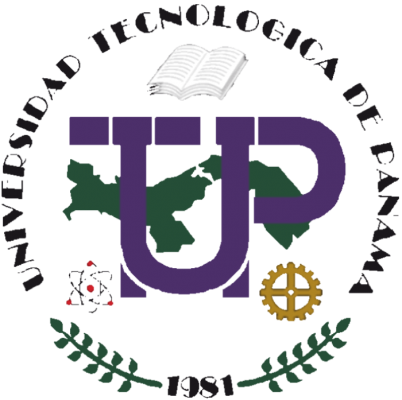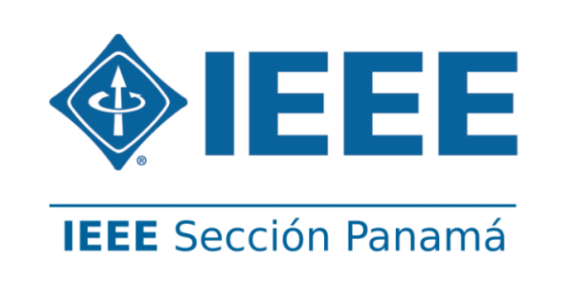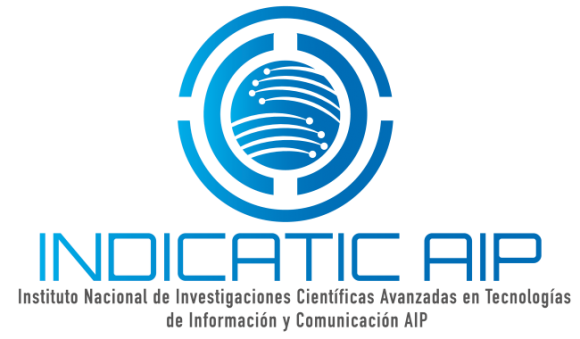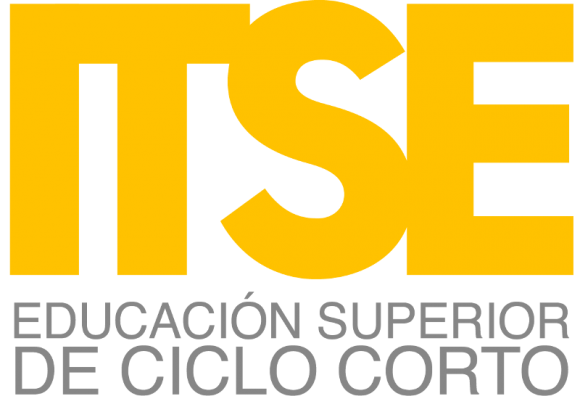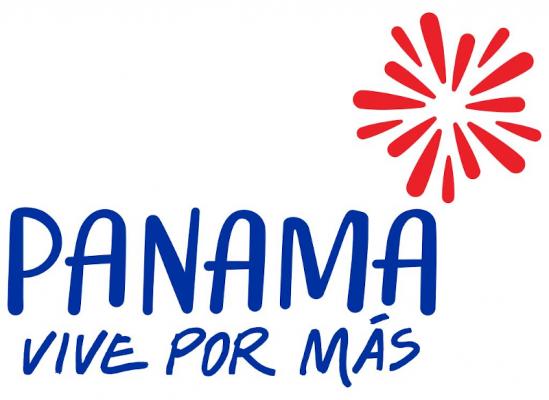Download the LatinCom 2023 Program PDF
Schedule at a Glance
Schedule subject to change as we get closer to conference dates.
Keynotes
Michele Nogueira
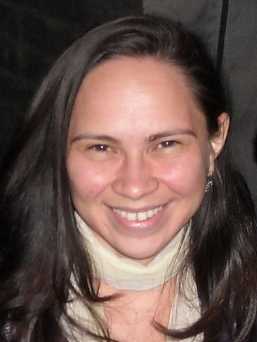
Data Science for Cybersecurity: An Overview Focused on Networking
Cyberattacks persistently pose threats to valuable data, resulting in time and resource wastage, and damaging the reputation of companies and institutions worldwide. Even prominent organizations have experienced the severe consequences of cyberattacks, impacting not only themselves but also their customers, collaborators, and society at large. Ransomware such as WannaCry continues to pose a significant threat, encrypting data and demanding ransom payments in Bitcoin cryptocurrency. Furthermore, sophisticated versions of Distributed Denial-of-Service (DDoS) attacks, originating from various Internet-connected devices like IP cameras, residential gateways, and baby monitors, disrupt major Internet platforms and services, affecting users globally. These examples underscore the increasing power and sophistication of cyberattacks, highlighting the evolving nature of cybersecurity. In the era of ubiquitous systems, with an estimated 75 billion connected devices or “smart things” expected by 2025, the urgency to address these issues is apparent. However, academia’s role in combating the sophistication of cyberattacks remains a crucial aspect. Can academia effectively anticipate attackers’ next moves to safeguard our information assets? How can academia harness the data generated on networks to develop security intelligence and preemptively prevent attacks? This presentation aims to initiate a discussion surrounding these questions, providing an overview of the related research conducted by Dr. Nogueira’s research team, along with future directions in these areas.
Bio:
Michele Nogueira is an Associate Professor in the Computer Science Department at the Federal University of Minas Gerais (UFMG), Brazil. She received her doctorate in Computer Science from the University Pierre et Marie Curie – Sorbonne Université, France. She was on sabbatical leave at Carnegie Mellon University, USA (2016-2017). Her research interests include wireless networks, security, and dependability. She has worked on providing resilience to self-organized, cognitive, and wireless networks through adaptive and opportunistic approaches. Dr. Nogueira was one of the pioneers in addressing survivability issues in self-organized wireless networks, being the work “A Survey of Survivability in Mobile Ad Hoc Networks” one of her prominent scientific contributions. She has received Academic Scholarships from the Brazilian Government in her undergraduate and graduate years, and international grants such as the ACM SIGCOMM Geodiversity program. She has served as Associate Technical Editor for the IEEE Communications Magazine. She served as chair for the IEEE ComSoc Internet Technical Committee and is an ACM and IEEE Senior Member.
Venki Ramaswamy
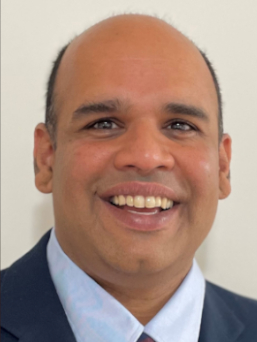
Paving the Road to 6G – The role of Automation & AI
AI is widely considered as the defining technology of 6G. In this talk, we will start with a brief review of the ambitious vision for 6G set by various organizations and discuss the role of AI and automation in realizing that vision. We will then talk about 6G's spectrum requirements in low and mid bands and argue that the most impactful role AI could play is in intelligent and autonomous management of spectrum, which is the only practical way to ease the spectrum shortage. We will provide a summary of available spectrum sharing frameworks and highlight some of the shortcomings of current approaches. We will also describe through two use-cases, how AI techniques when applied on an open and programmable network could significantly improve spectrum utilization and ease mobile industry's spectrum shortage. At the end of my talk, I will point out some challenges associated with widespread adoption of these approaches.
Bio:
Muriel Medard
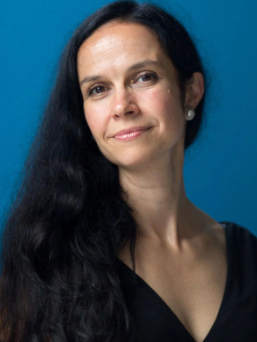
Guessing Random Additive Noise Decoding (GRAND) or Universal decoding algorithm, and relation to Signal Processing
To maintain data integrity in the face of network unreliability, systems rely on error-correcting codes. System standardization, such as has been occurring for 5G, is predicated on co-designing these error-correcting codes and, most importantly, their generally complex decoders, into efficient, dedicated and customized chips. In this talk, we show that this assumption is not necessary and is has been leading to significant performance loss. We describe "Guessing Random Additive Noise Decoding," or GRAND, by Duffy, Médard and their research groups, which renders universal, optimal, code-agnostic decoding possible for low to moderate redundancy settings. Moreover, recent work with Yazicigil and her group has demonstrated that such decoding can be implemented with extremely low latency and record-breaking low energy in silicon. GRAND enables a new exploration of codes, in and of themselves, independently of tailored decoders, over a rich family of code designs, including random ones. Surprisingly, even the simplest code constructions, such as those used merely for error checking, match or markedly outperform state of the art codes when optimally decoded with GRAND. Without the need for highly tailored codes and bespoke decoders, we can envisage using GRAND to avoid the issue of limited and sub-optimal code choices that 5G encountered, and instead have an open platform for coding and decoding. GRAND opens new areas of interplay between decoding and signal processing. In particular, it can naturally take into account noise statistics that traditional decoding destroys by interleaving. With GRAND, bursty noise or noise correlation are useful characteristics that lead to improved throughput in low latency systems.
Bio:
Muriel Médard is the NEC Professor of Software Science and Engineering in the Electrical Engineering and Computer Science (EECS) Department at MIT, where she leads the Network Coding and Reliable Communications Group in the Research Laboratory for Electronics at MIT and Chief Scientist for Steinwurf, which she has co-founded. She obtained three Bachelors degrees (EECS 1989, Mathematics 1989 and Humanities 1991), as well as her M.S. (1991) and Sc.D (1995), all from MIT. Muriel is a Member of the US National Academy of Engineering (elected 2020), a Member of the German National Academy of Sciences Leopoldina (elected 2022), a Fellow of the US National Academy of Inventors (elected 2018), American Academy of Arts and Sciences (elected 2021), and a Fellow of the Institute of Electrical and Electronics Engineers (elected 2008). She holds Honorary Doctorates from the Technical University of Munich (2020) and from The University of Aalborg (2022).
Muriel was co-winner of the MIT 2004 Harold E. Egerton Faculty Achievement Award and was named a Gilbreth Lecturer by the US National Academy of Engineering in 2007. She received the 2017 IEEE Communications Society Edwin Howard Armstrong Achievement Award and the 2016 IEEE Vehicular Technology James Evans Avant Garde Award. Muriel was awarded the 2022 IEEE Kobayashi Computers and Communications Award. She received the 2019 Best Paper award for IEEE Transactions on Network Science and Engineering, the 2018 ACM SIGCOMM Test of Time Paper Award, the 2009 IEEE Communication Society and Information Theory Society Joint Paper Award, the 2009 William R. Bennett Prize in the Field of Communications Networking, the 2002 IEEE Leon K. Kirchmayer Prize Paper Award, as well as nine conference paper awards. Most of her prize papers are co-authored with students from her group.
Muriel has served as technical program committee co-chair of ISIT (twice), CoNext, WiOpt, WCNC and of many workshops. She has chaired the IEEE Medals committee, and served as member and chair of many committees, including as inaugural chair of the Millie Dresselhaus Medal. She was Editor in Chief of the IEEE Journal on Selected Areas in Communications and has served as editor or guest editor of many IEEE publications, including the IEEE Transactions on Information Theory, the IEEE Journal of Lightwave Technology, and the IEEE Transactions on Information Forensics and Security. Muriel was a member of the inaugural steering committees for the IEEE Transactions on Network Science and for the IEEE Journal on Selected Areas in Information Theory. She currently serves as the Editor-in-Chief of the IEEE Transactions on Information Theory. Muriel was elected president of the IEEE Information Theory Society in 2012, and serves on its board of governors, having previously served for eleven years.
Muriel received the inaugural 2013 MIT EECS Graduate Student Association Mentor Award, voted by the students. She set up the Women in the Information Theory Society (WithITS) and Information Theory Society Mentoring Program, for which she was recognized with the 2017 Aaron Wyner Distinguished Service Award. She served as undergraduate Faculty in Residence for seven years in two MIT dormitories (2002–2007). Muriel was elected by the faculty and served as member and later chair of the MIT Faculty Committee on Student Life and as inaugural chair of the MIT Faculty Committee on Campus Planning. She was chair of the Institute Committee on Student Life. She was recognized as a Siemens Outstanding Mentor (2004) for her work with High School students. She serves on the Board of Trustees since 2015 of the International School of Boston, for which she is treasurer. She serves on the Nokia Bell Labs Technical Advisory Board.
Muriel has over sixty US and international patents awarded, the vast majority of which have been licensed or acquired. For technology transfer, she has co-founded CodeOn, for which she consults, and Steinwurf, for which she is Chief Scientist.
Muriel has supervised over 40 master students, over 20 doctoral students and over 25 postdoctoral fellows.
Falko Dressler
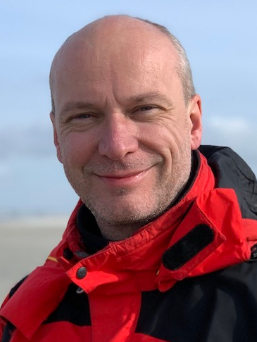
6G Virtualized Edge Computing - From Cars to Edge and Back
As we move from 5G to 6G, edge computing is one of the concepts that needs revisiting. Its core idea is still intriguing: Instead of sending all data and tasks from an end user's device to the cloud, edge servers deployed in close proximity to the user serve as proxy for the cloud. This is particularly interesting for upcoming machine learning (ML)-based intelligent services, which require substantial computational and networking performance for continuous model training. Yet this promising idea is hampered by the limited number of such edge servers. In a parallel universe, car makers have discussed challenges and opportunities of the connected cars vision in relation to the need for distributed data management solutions ranging from the vehicle to the mobile edge and to the data centers. As a new concept, vehicle micro clouds have been proposed that bridge the gap between fully distributed vehicular networks based on short range device to device communication and 5G+ based infrastructure for centralized solutions. Taking both concepts together, we discuss a way forward, namely the virtual edge computing (V-Edge) concept. V-Edge helps bridging the gap between cloud, edge, and fog by virtualizing all available resources including the end users' devices and making these resources widely available. Thus, V-Edge acts as an enabler for novel microservices as well as cooperative computing solutions in next-generation networks. We introduce the general V-Edge architecture, and we characterize some of the key research challenges to overcome, to enable wide-spread and intelligent edge services.
Bio:
Falko Dressler is full professor and Chair for Telecommunication Networks at the School of Electrical Engineering and Computer Science, TU Berlin. He received his M.Sc. and Ph.D. degrees from the Dept. of Computer Science, University of Erlangen in 1998 and 2003, respectively. Dr. Dressler has been associate editor-in-chief for IEEE Trans. on Mobile Computing and Elsevier Computer Communications as well as an editor for journals such as IEEE/ACM Trans. on Networking, IEEE Trans. on Network Science and Engineering, Elsevier Ad Hoc Networks, and Elsevier Nano Communication Networks. He has been chairing conferences such as IEEE INFOCOM, ACM MobiSys, ACM MobiHoc, IEEE VNC, IEEE GLOBECOM. He authored the textbooks Self-Organization in Sensor and Actor Networks published by Wiley & Sons and Vehicular Networking published by Cambridge University Press. He has been an IEEE Distinguished Lecturer as well as an ACM Distinguished Speaker. Dr. Dressler is an IEEE Fellow as well as an ACM Distinguished Member. He is a member of the German National Academy of Science and Engineering (acatech). He has been serving on the IEEE COMSOC Conference Council and the ACM SIGMOBILE Executive Committee. His research objectives include adaptive wireless networking (sub-6GHz, mmWave, visible light, molecular communication) and wireless-based sensing with applications in ad hoc and sensor networks, the Internet of Things, and Cyber-Physical Systems.
Emilio Calvanese Strinati
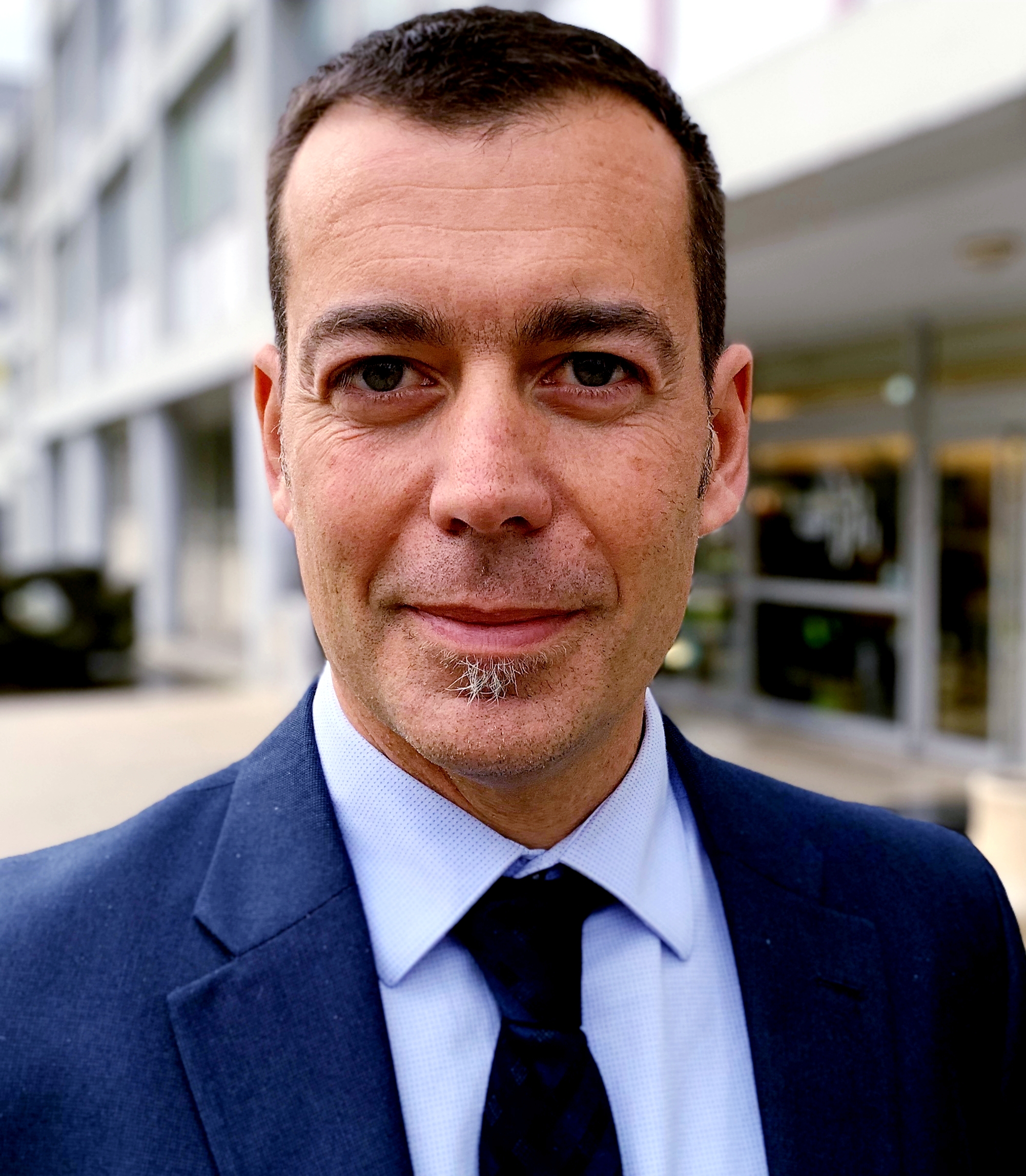
The Post Shannon Era: Towards Semantic, Goal-Oriented and Reconfigurable Intelligent Environments aided 6G Communications
This keynote promotes the idea that including semantic and goal-oriented aspects in future 6G networks can produce a significant leap forward in terms of system effectiveness and sustainability. Semantic communication goes beyond the common Shannon paradigm of guaranteeing the correct reception of each single transmitted packet, irrespective of the meaning conveyed by the packet. The idea is
that, whenever communication occurs to convey meaning or to accomplish a goal, what really matters is the impact that the correct reception/interpretation of a packet is going to have on the goal accomplishment. Focusing on semantic and goal-oriented aspects and possibly combining them with the reconfigurable and intelligent wireless environments paradigm, help to identify the relevant information, i.e. the information strictly necessary to recover the meaning intended by the transmitter or to accomplish a goal. With this keynote, after a short presentation of most recent state of the art approaches, we present our most recent results and cover in detail challenges and opportunities associated with the evolution towards semantic, goal-oriented and reconfigurable intelligent environments aided 6G communications.
Bio:
Dr. Emilio Calvanese Strinati obtained his Engineering Master degree in 2001 from the University of Rome ‘La Sapienza’ and his Ph.D in Engineering Science in 2005 from Paris Telecom. He then started working at Motorola Labs in Paris in 2002. Then in 2006 he joint CEA LETI as a research engineer. From 2007, he becomes a PhD supervisor. From 2010 to 2012, he has been the co-chair of the wireless working group in GreenTouch Initiative, which deals with design of future energy efficient communication networks. From 2011 to 2016 he was the Smart Devices & Telecommunications strategic programs Director, then, until January 2020 he was the Smart Devices & Telecommunications Scientific and Innovation Director. Since February 2020 he is the Nanotechnologies and Wireless for 6G (New-6G) Program Director focusing on future 6G technologies. He has published around 200 papers in journals, international conferences, and books chapters, and he has given more than 200 international invited talks, keynotes and tutorials. He is the main inventor of more than 80 patents. His current research interests are on Reconfigurable Intelligent Surfaces, Semantic communications, Goal-oriented communications AI-native technologies in the contest of 6G.



